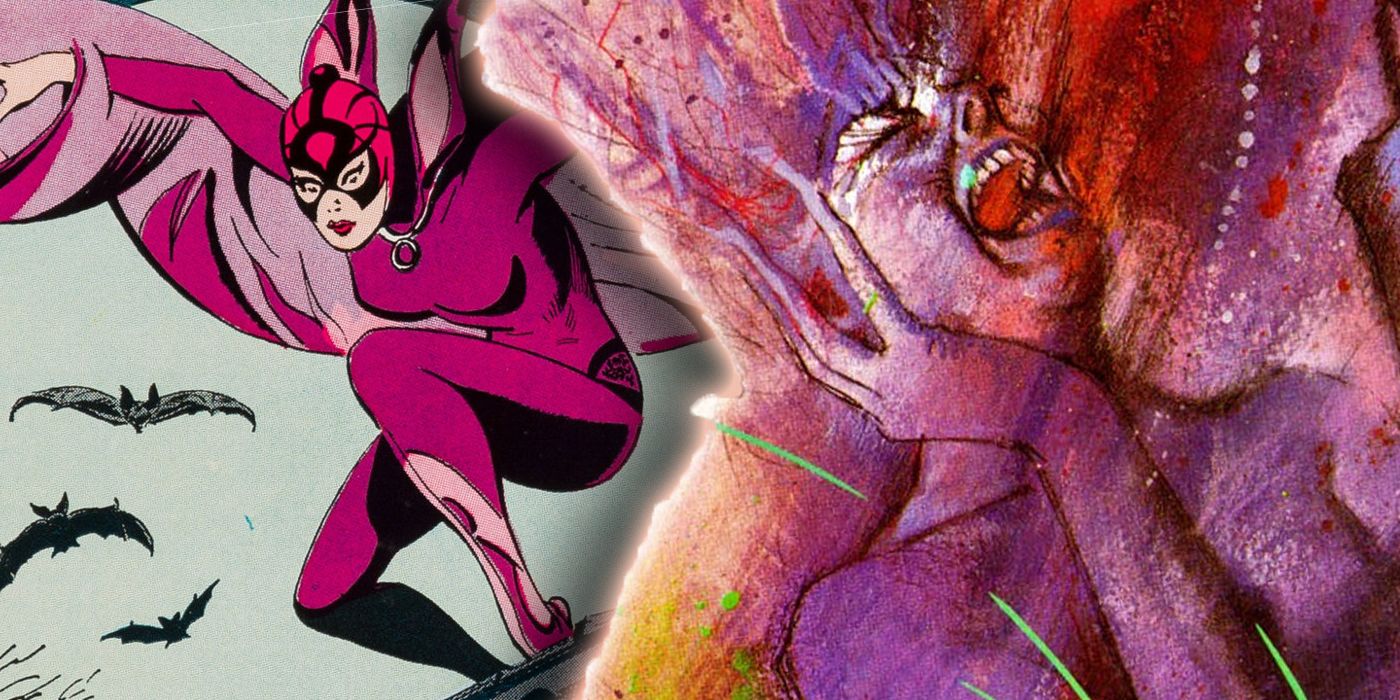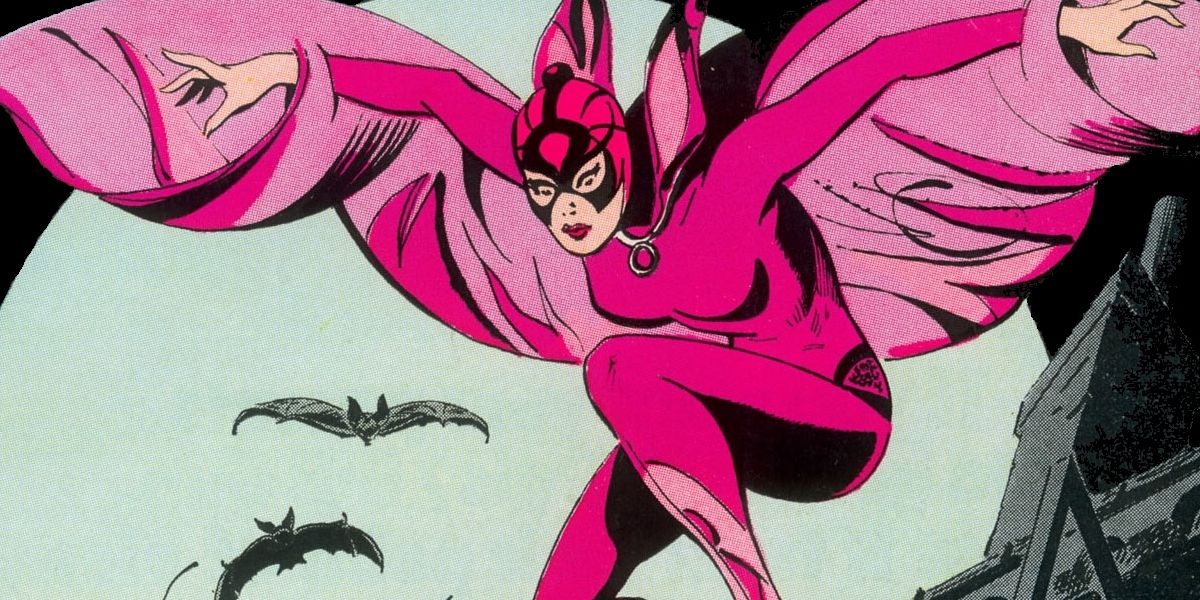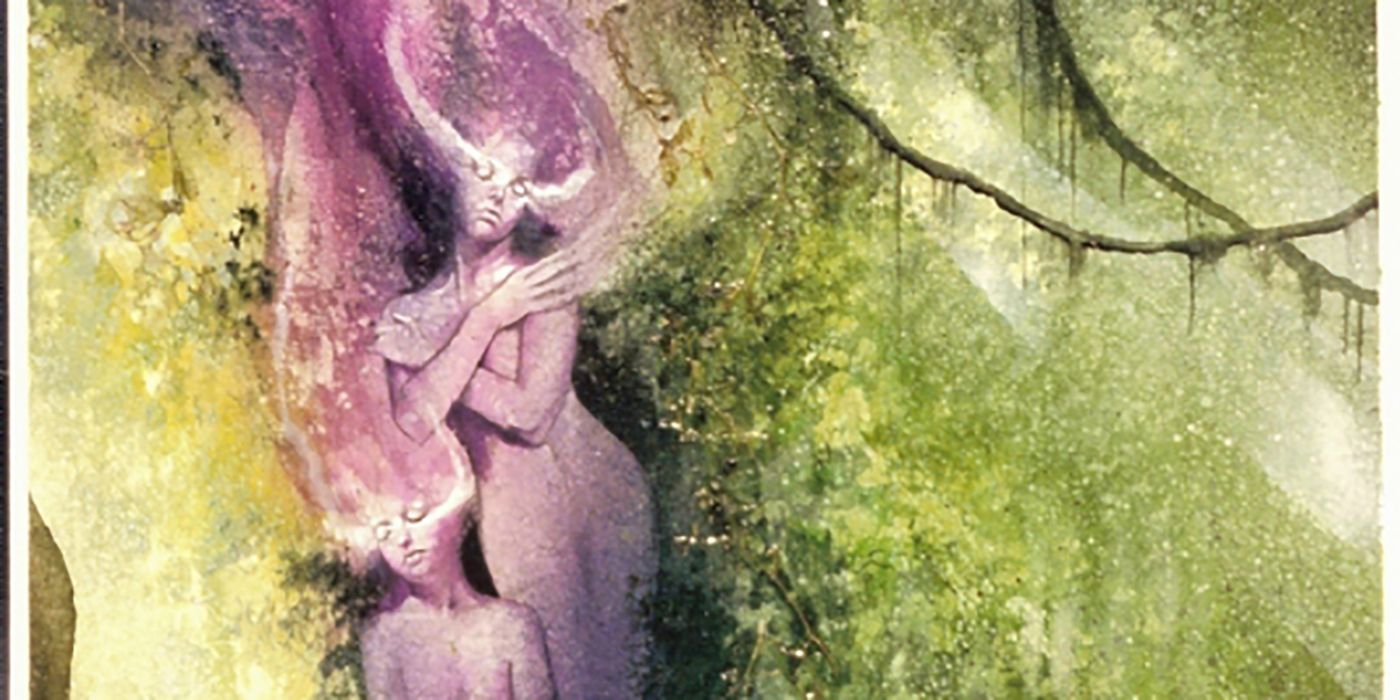
Neil Gaiman is best known in the world of comics for his dramatically different take and reinvention of the classic DC character the Sandman. The iconic Vertigo title was not, however, his first project for DC, nor was it his first major reinvention of an obscure DC character.
The character Black Orchid is a relatively esoteric character, and Neil Gaiman was instrumental in redefining her and tying her more closely to the DC Universe. Here's how the writer completely reimagined Black Orchid, how this has defined the character since and how his depiction laid the groundwork for Sandman.

The original Black Orchid was created by Sheldon Mayer and Tony DeZuniga, and debuted in Adventure Comics #428. Her somewhat amorphous powers included super-strength, flight and a bulletproof body, although she was best known for being a master of disguise. She regularly only revealed her presence at the end of the stories in which she was featured, and her origin and secret identity were never revealed.
This air of mystery became a recurring theme, with even the Phantom Stranger and Madame Xanadu not knowing the true story behind the young woman. Although potential aliases were given to her throughout the Pre-Crisis era, the character was never really developed until the late 80s under the pen of Gaiman.

In 1988, Neil Gaiman and Dave McKean were given a three-issue mini-series starring Black Orchid. The duo had hoped to write a story involving other DC characters such as Sandman, the Phantom Stranger, Batman and Green Arrow, but these characters were all tied up in their own ongoing series. Although they were initially disappointed to be given such an obscure character, they were inspired by Alan Moore's work on Swamp Thing to completely reinvent her.
The Black Orchid was revealed to be Susan Linden-Thorne, who was killed in action when she attempted to spy on Lex Luthor. Luthor had recently come into contact with Thorne's criminal ex-husband, and one of his associates discovered that Black Orchid was actually part plant.
A young woman named Flora later awakens and has several of Susan's memories. She learns that she's a cloned "sister" of Susan's that was created by Floronic Man, Poison Ivy and Swamp Thing. Another girl like Flora named Suzy appears, and they travel to Arkham Asylym and later to Swamp Thing's marsh in Louisiana where they discover the truth of their existence. The previous Black Orchid was only an engineered reincarnation of the original Susan Linden, similar to how Swamp Thing was now merely a plant creature that believed itself to be Alec Holland. This way of incorporating old stories and ideas while telling them through a darker lens was emblematic of the era, and it was done again by Gaiman in his Sandman series.
The series would lead to a Vertigo Black Orchid title, though neither Gaiman or McKean were involved. It ended with Suzy as the only surviving member of the plant-hybrid species, taking on the mantle of Black Orchid as a matured adult. She would go on to appear sporadically throughout the Pre-Flashpoint era, although she was never a major character. A new Black Orchid was briefly active during the New 52, but this woman, Alba Garcia, was completely unrelated to the mythology that Gaiman and McKean had created. The same can be said for her few appearances outside of the comics, which have made her closer to Swamp Thing than her classic characterization. Gaiman's take on the character may no longer be the one used, but it's perhaps the most popular version of the character.
0 Comments